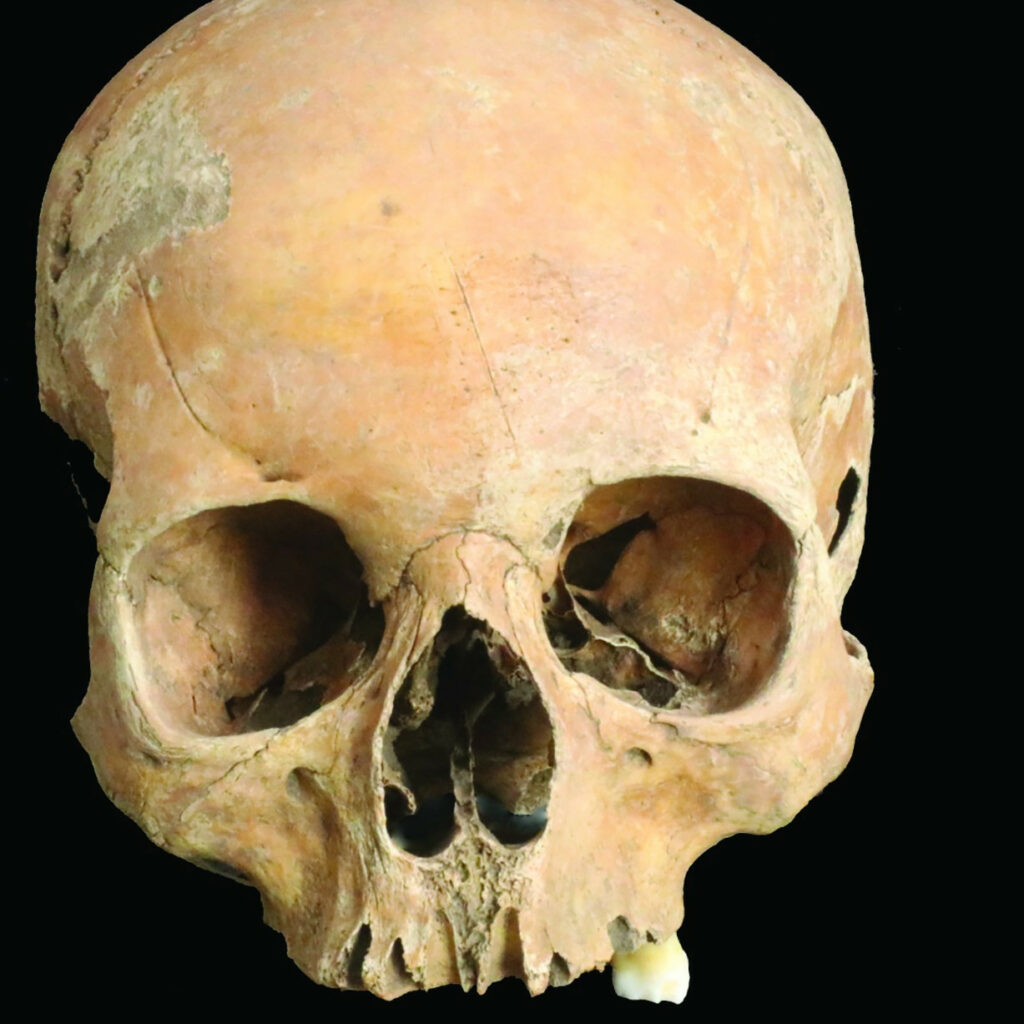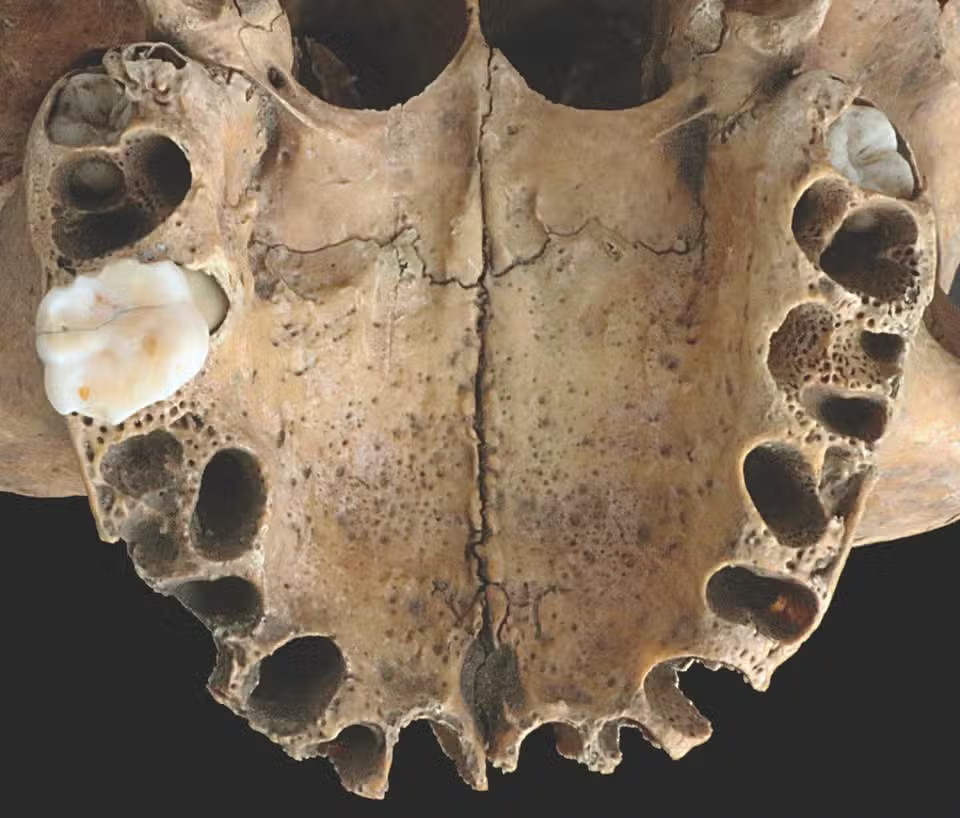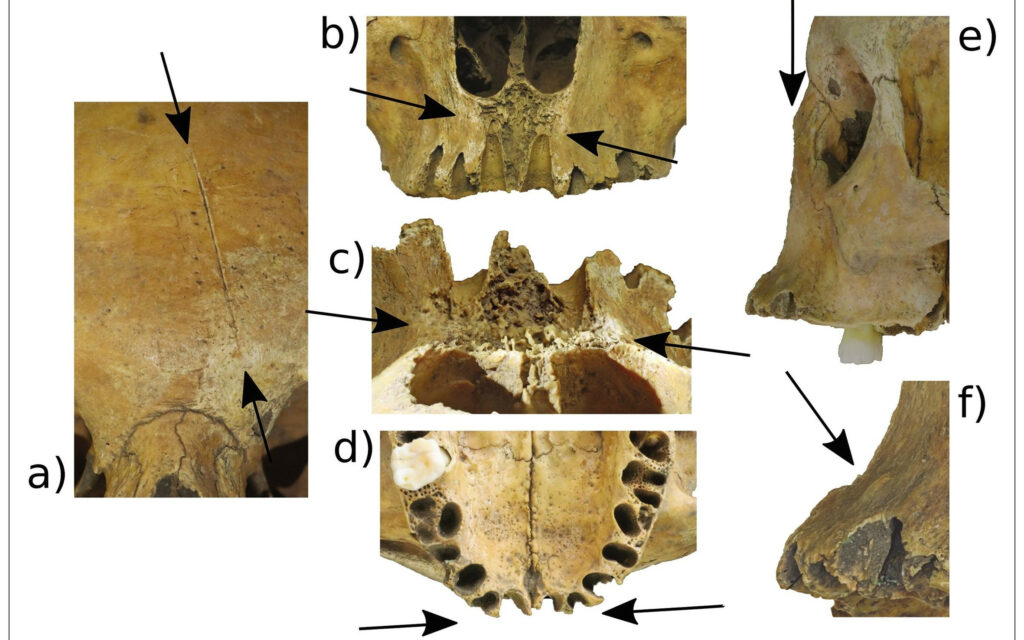A Startling Revelation from the Dark Ages
In an extraordinary archaeological discovery, researchers have uncovered the earliest concrete evidence of facial mutilation as a form of punishment in Anglo-Saxon England. The skull of a young woman, estimated to have lived between 776 and 899 AD, reveals a chilling narrative of violence and social exclusion.

An Isolated Demise in the English Countryside
The remains were found near the Oakridge archaeological site in Hampshire, England. Investigations indicate that the woman, believed to be between 15 and 18 years old, endured severe facial mutilation and possibly scalping before her death. The absence of healing on her wounds implies she perished shortly after the infliction, likely due to blood loss or infection.

Justice and Retribution in Early Medieval England
While written documentation of such punishments only emerges in the 10th century, this finding pushes the timeline back by at least a century. The nature of her injuries corresponds with established penalties for female thieves and adulteresses, suggesting she may have been accused of a crime considered “greater than theft.”

A Stark Reminder of Social Conformity
Dr. Garrard Cole, the principal researcher from University College London, posits that the woman was subjected to a trial for her alleged crime and subsequently became a social pariah. The remote location of her burial and her non-local origins, identified through isotope analysis, bolster this theory.
Contemplating a Grim Period in History
This somber discovery offers a rare insight into the harsh realities of early medieval England. It highlights the severe repercussions for those who defied societal norms and serves as a poignant reminder of the progress we have made regarding justice and human rights.

As we consider the tragic fate of this young woman, we can better appreciate the relative safety and humanity of our contemporary world, where such brutal punishments are no longer tolerated.

